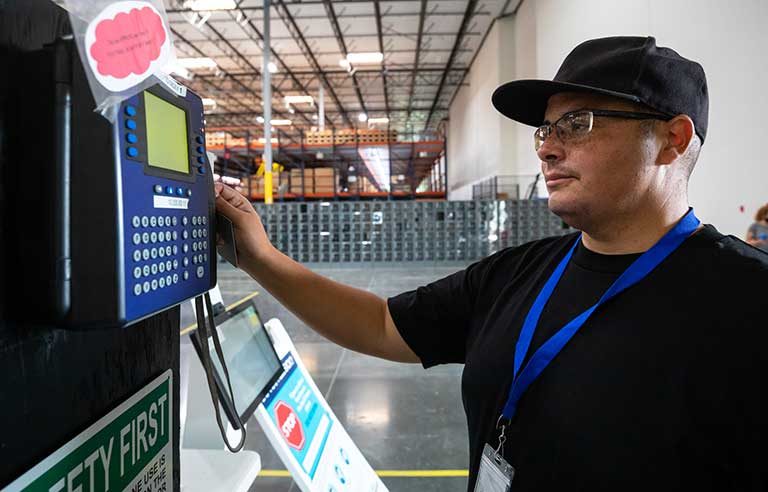Experts offer tips to help shift workers get better sleep

Photo: halbergman/iStockphoto
Glenview, IL — A new resource from the American College of Chest Physicians is aimed at preventing shift work sleep disorder among employees who work nontraditional hours.
Night shift workers typically get one to four fewer hours of sleep a day than day shift workers, ACCP says. They’re also often unable to remain asleep when attempting to return to a “normal” schedule on off days.
The combination of insufficient sleep, insomnia and poor sleep quality can lead to shift work sleep disorder. The Cleveland Clinic notes that the disorder affects 10% to 40% of people who work outside the traditional 9 a.m.-5 p.m. shift.
ACCP has tips to decrease the risk of sleep work shift disorder:
- Take a 30-minute nap and drink caffeine before your shift.
- If able, time naps around periods of increased sleepiness, such as between 2 and 5 p.m. before a 7 p.m. shift.
- Consume low doses of caffeine during the first half of the shift but avoid stimulants during the second half.
- Wear ultraviolet-blocking goggles on the ride home after a shift.
- When sleeping after a shift, sleep in a darkened room or wear an eye mask. Block outside noise by using earplugs, turning off your phone ringer and alarms, and using a do-not-disturb sign.
- Don’t go to bed hungry.
- Don’t drive drowsy.
Post a comment to this article
Safety+Health welcomes comments that promote respectful dialogue. Please stay on topic. Comments that contain personal attacks, profanity or abusive language – or those aggressively promoting products or services – will be removed. We reserve the right to determine which comments violate our comment policy. (Anonymous comments are welcome; merely skip the “name” field in the comment box. An email address is required but will not be included with your comment.)

